

Root parsley is a great veggie & herb: both root and leaves are edible!
Parsley root key facts:
Name: Petroselinum crispum var tuberosum
Common: Hamburg or root parsley
Family: Apiaceae
Type: root vegetable, biennial herb (but grown as an annual)
Height: 4 to 20 inches (10 to 50 cm)
Planting distance: every 6 inches (15 cm)
Exposure: full sun, eventually part shade
Soil: loose, humus-rich, well drained – Planting: spring – Harvest: fall
It’s of course grown for its root, but its leaves taste just like those of common parsley. It doubly deserves a spot in the vegetable patch!
To grow properly, root parsley needs a few things going for it: sun (though it can still take part shade), soft soil, lots of organic matter and good drainage. As a result, depending on the type of soil in your garden, a little bit of preliminary work might be required before planting.
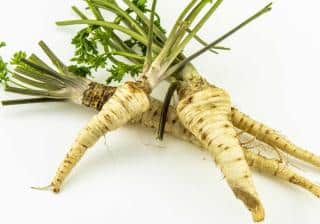
During the fall a whole season before you plant, amend the soil with extra soil mix and sand. After that, whatever the type of soil, enrich it with large doses of compost or ripe manure. Last of all, with a spading fork, loosen up the soil deep down.
In the following spring, work through the surface of the soil again to loosen it up a bit before planting.
Smart tip : if you’ve got a chimney, don’t throw you ashes away! Use them to make your soil a little bit lighter still. They’re also a great source of potassium for your vegetable patch.
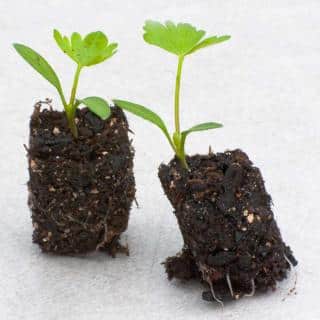
When they’ve sprouted and that seedlings have two or three leaves:
Root parsley doesn’t require much care. Simply water regularly but not abundantly in case of extended drought.
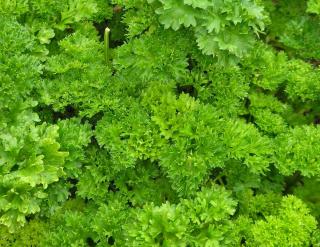
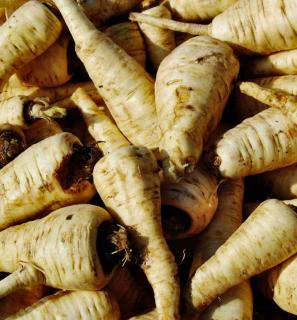
The key to making this happen is to store the roots in dry sand.
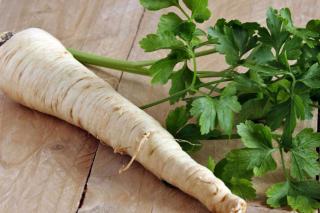
Slice the leaves into slivers to flavor your recipes and meals, especially tossed salads.
The root you would prepare and cook in the same way you would salsify and parsnip.